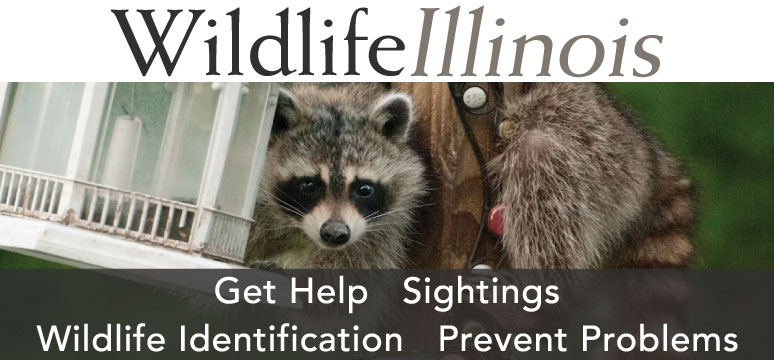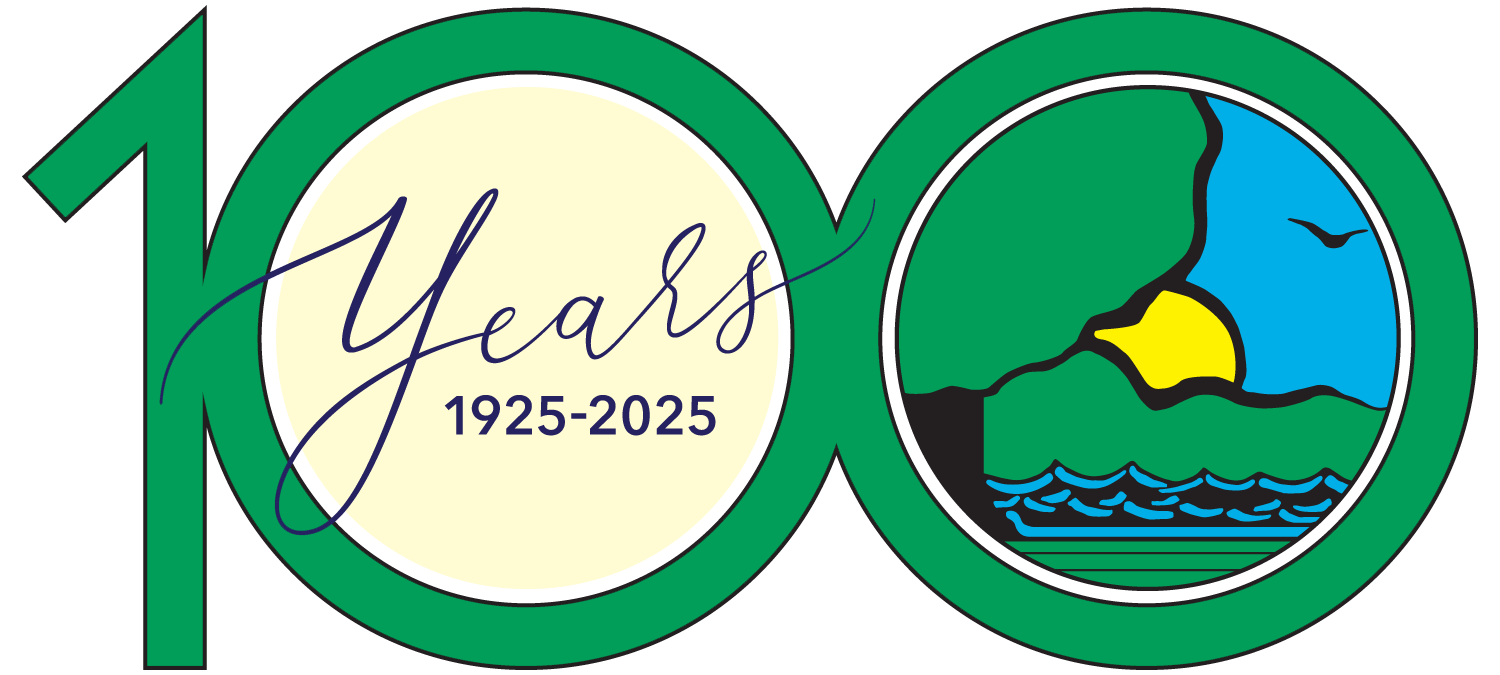
A Gulf Coast tick, Amblyomma maculatum. Photo by Sturgis McKeever, Georgia Southern University Bugwood.org.



A Gulf Coast tick, Amblyomma maculatum. Photo by Sturgis McKeever, Georgia Southern University Bugwood.org.
Ticks in Illinois aren’t just a nuisance but also vectors for various diseases, including Lyme disease, anaplasmosis, babesiosis and alpha-gal syndrome. With the prevalence of tick-borne illnesses on the rise throughout areas of the state, monitoring tick populations is a crucial step in promoting public health and awareness.
One effective method gaining traction in Illinois is community-engaged passive tick surveillance, and the INHS Medical Entomology Lab at the Prairie Research Institute is at the forefront of such initiatives.

Community-engaged passive tick surveillance involves the collection and analysis of ticks from the environment by a designated facility. Typically, members of the public submit ticks they find on themselves or a family member.
Unlike active surveillance, which involves actively seeking out ticks from activities such as tick drags, passive surveillance relies on members of the community voluntarily submitting ticks they come across during their daily activities.
“We’re able to get a sense of where people are coming in contact with ticks,” said Chris Stone, Ph.D., Director of the INHS Medical Entomology Lab. “We’re also getting some information from people about what kind of preventative methods they are using, if any.”
The community-engaged passive tick surveillance program, supported by the Illinois Lyme Association (ILA) and the Illinois Department of Natural Resources (IDNR), has received more than 700 ticks from the public to date. The information collected is being used to facilitate the creation of a comprehensive database of tick distribution and disease prevalence throughout Illinois. The database will serve as an invaluable resource for residents, researchers, healthcare professionals, policymakers, and state and local organizations to better understand tick prevalence, the dynamics of tick-borne diseases, and implement targeted prevention and education strategies.
By engaging in passive tick surveillance, the public plays a crucial role in monitoring tick populations.
“If we can crowdsource the tick, so to speak, we get to places we might not necessarily go,” Stone said. “We can cast a wider net.”
Here are a few areas directly impacted by community participation:

Submitting ticks to the passive tick surveillance program is the primary way to assist in research efforts.
“When people are engaged and looking at ticks and sending them in, they become more knowledgeable about ticks themselves and the natural history of ticks,” Stone said. “We’re able to collect more information from the human side.”
The INHS Medical Etymology Lab’s website provides instructions and tools for safely collecting and submitting ticks. Tick identification is available to the public free of charge and can be obtained by sending in a photo or the actual tick. With the public’s help, researchers can gather a broader range of tick species, including those found on animals. The main requirements to submit ticks are:

In addition, the INHS Medical Entomology Lab may test a subset of the ticks submitted for tick-borne diseases after they have been identified, but they don’t guarantee this service. Is is helpful to know what kind of tick you’ve encountered, but the tick identification services are for research purposes only and should not be used as a diagnostic tool.
Beyond the community-engaged passive tick surveillance program, the INHS Medical Entomology Lab offers a free online video course through Illinois Extension Forestry on the topic of tick-borne diseases throughout Illinois.
Community-engaged passive tick surveillance programs represent a proactive approach to addressing the growing threat of tick-borne diseases in Illinois. With the collective efforts of the public, the INHS Medical Entomology Lab is making strides in their understanding of the tick population, and the data collected will soon be readily available to the public.
“Our goal is to make this information into an interactive map for the public soon,” Stone noted.
For more details on the community-engaged passive tick surveillance check out the INHS Medical Entomology Lab website.
Jenny Lelwica Buttaccio, OTR/L, is a health journalist based in Indiana and a licensed occupational therapist. She lives with her husband and rescue dogs Emmi and Opal. When not writing, she can be found buried in a book, working out, or out in nature. Her work has been featured in HuffPo, Prevention, Men’s Health, Healthline and many other publications.
Submit a question for the author